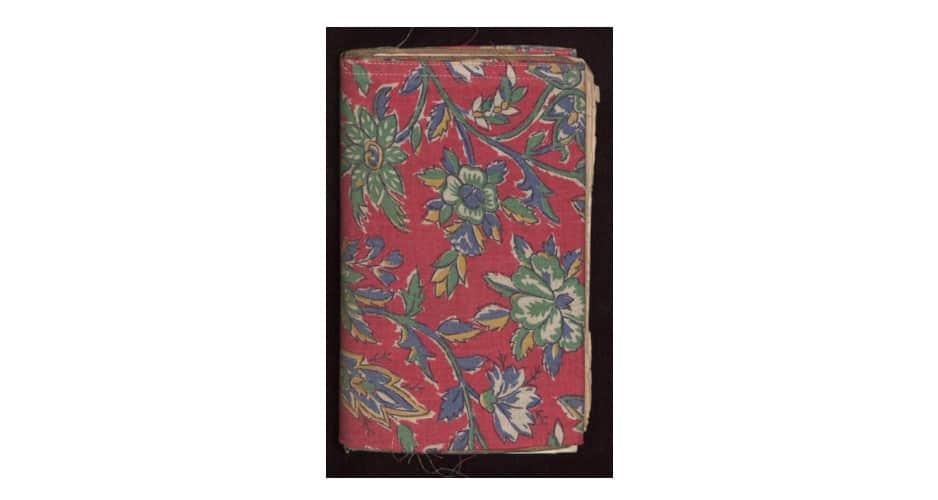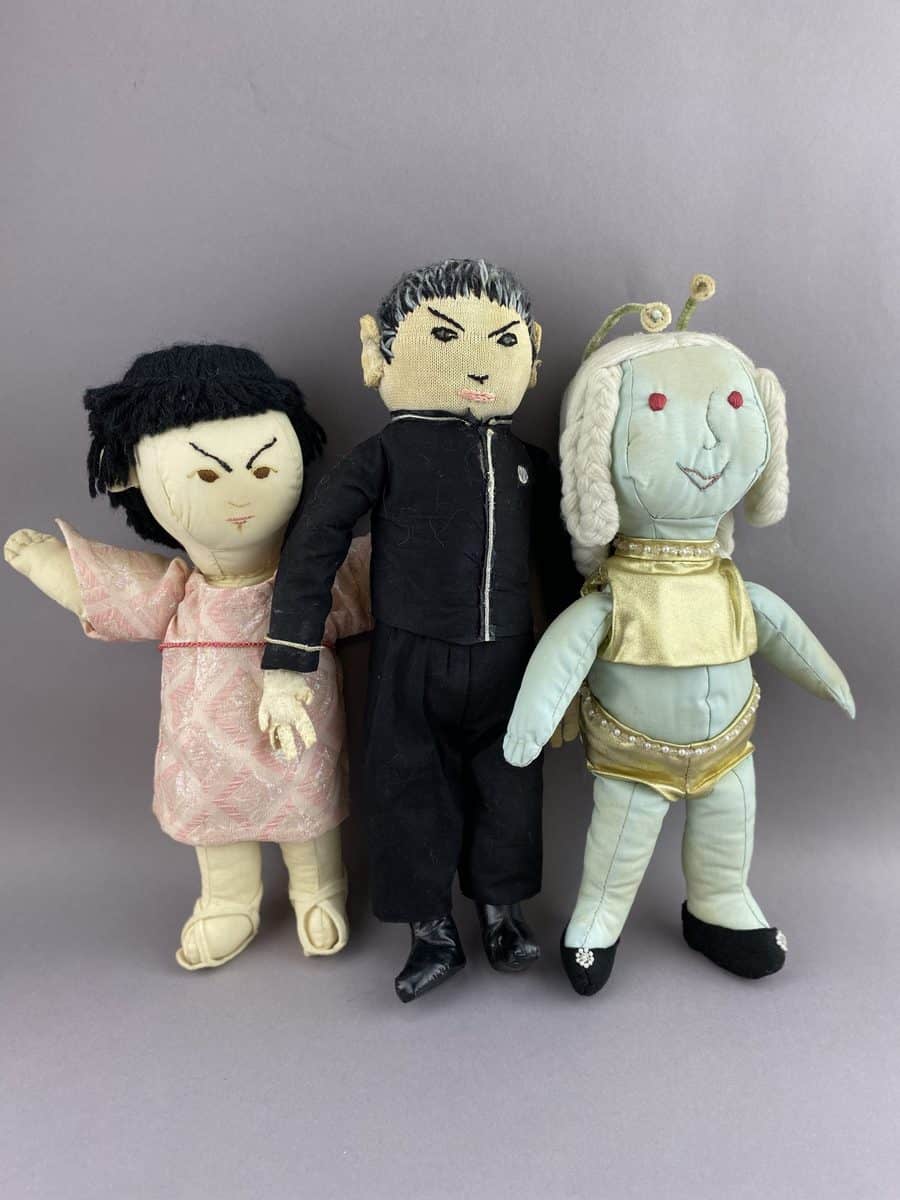“From the Classroom” is a series that features some of the great work and research from students who visit our collections. Below is a blog by Alexa Starry from Dr. Jennifer Burek Pierce’s class “History of Readers and Reading” (SLIS:5600:0001) Stepping into the life of Julia Booker Thompson Alexa Starry Cookbooks are a wonderful wayContinue reading “Stepping into the life of Julia Booker Thompson”
Tag Archives: cookbook
A Virtual Bibliophiles
Today is April 8th, 2020, the day we were supposed to gather for the last Iowa Bibliophiles of the academic year. The plan: come together, eat some tasty snacks, and explore some of the highlights from our collection with the help of our wonderful student workers. Our students had selected manuscripts, books, and more, researchedContinue reading “A Virtual Bibliophiles”
The Detroit News Menu Cook Book
In August of 1920, a radio station under the name “8MK” was launched for The Detroit Evening News. Later named “WWJ”, it was the first radio station with daily programs. Less than a year after the station was launched, the radio show “Hints to Housewives” was created and later, “Tonight’s Dinner by Radio”. TheContinue reading “The Detroit News Menu Cook Book”

